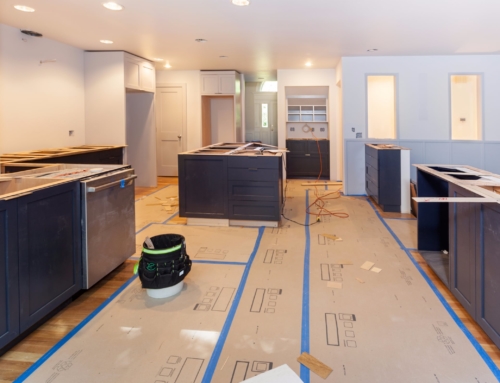As the weather gets warmer, more homeowners are thinking about starting summer home improvement or landscaping projects.
According to the National Association of the Remodeling Industry (NARI), there are a few simple things to keep in mind when planning your summer project.
First, take as much time as you need to pre-plan your project. Write out two lists about the room or outdoor space you want to renovate. Write down the things that you like and dislike about it.
On your second list, write down which features or amenities you wish you could have, features or amenities that you absolutely cannot live without in the new space, and who will use the space and how.
The next step is to put together a team of professionals who can make the project happen. “Finding the right design, choosing a professional, and securing the necessary financing for a home improvement project can sometimes take months,” says Julius Lowenberg, president of NARI, who cautions that the professional contractor you wish to work with may be busy and may not be able to start on your project on your exact time-table.
Once your team is in place, you’ll need to finalize your plans, sign a contract, and put down a deposit. Never put down more than a small percentage of the total amount upfront, and don’t pay the final 10 percent until you are completely satisfied with the work.
For more remodeling tips, check out NARI’s website, RemodelToday.com.
Redecorating Tips
Apparently, the living room is the room most women would like to have redecorated, according to a recent survey sponsored by the National Candle Association.
Decorator and author Lyn Peterson says furnishing a living room with quality, expensive pieces can be expensive. “Compulsive redecorating wastes not only your financial assets, but also your time.”
She recommends that homeowners use paint to inexpensively update various rooms in the house.
“If you use this room most often in low light situations, like late in the day or at night, or if you have a cold, dark northern exposure, then pick a brighter or stronger color than you might ordinarily choose,” she says, adding that tough lighting situations crave contrast, “so accessorize with warm (colors, including shades of) amber, camel, lapis, cobalt, and emerald. If it is a sunny room or is most frequently used during mid-day, then go for a softer more neutral palette.”
Use accessories to highlight certain colors or add a dash of splash to a room, she notes. Accessories can also be used to introduce a new season.
Overall, Peterson suggests buy furniture and accessories that you love, not because it’s the height of fashion. “If you buy something because it’s in fashion, when it goes out of fashion, we’ll hate ourselves. If we buy something because we truly love it, then we will always love it.”







Leave A Comment